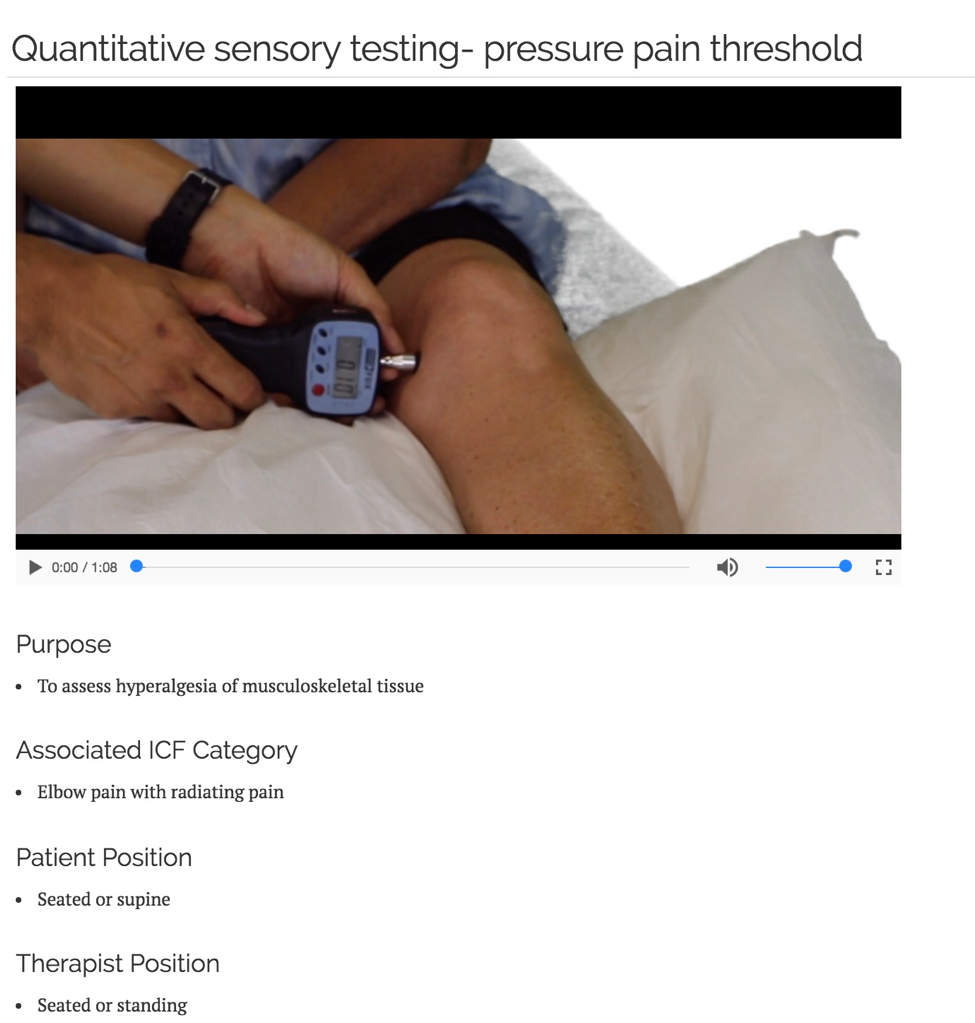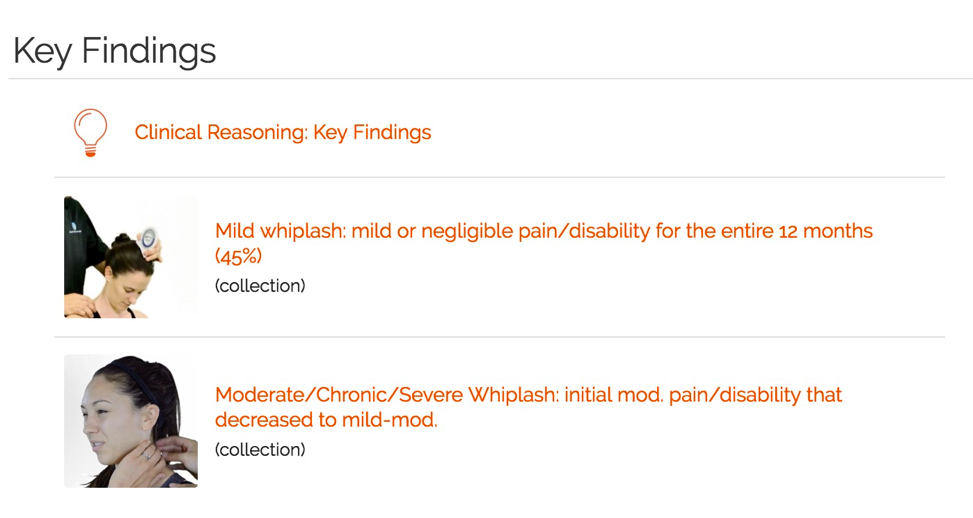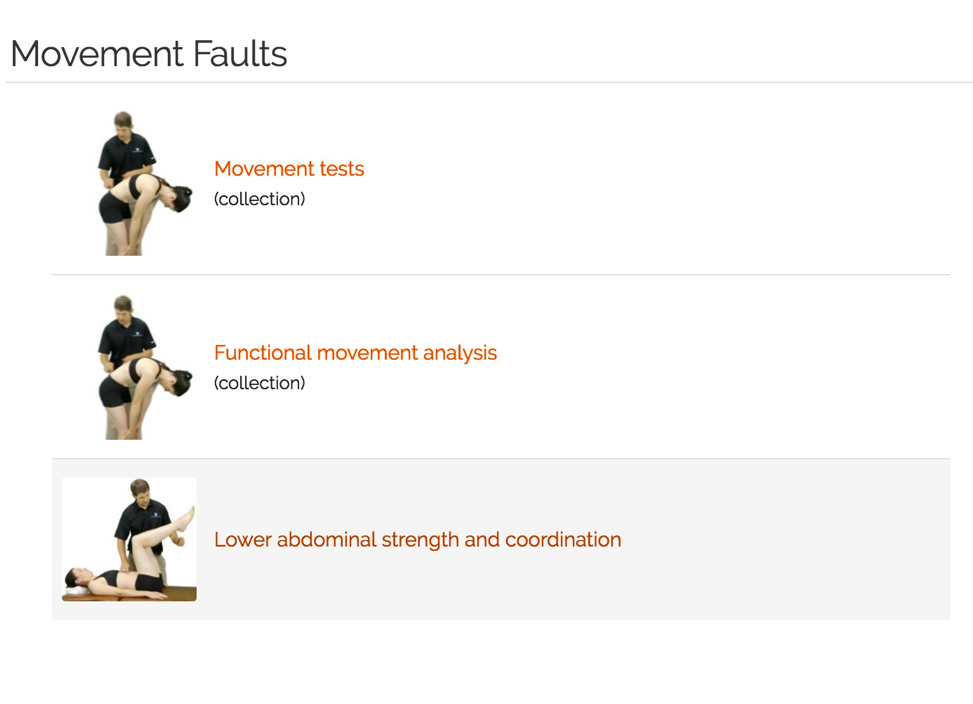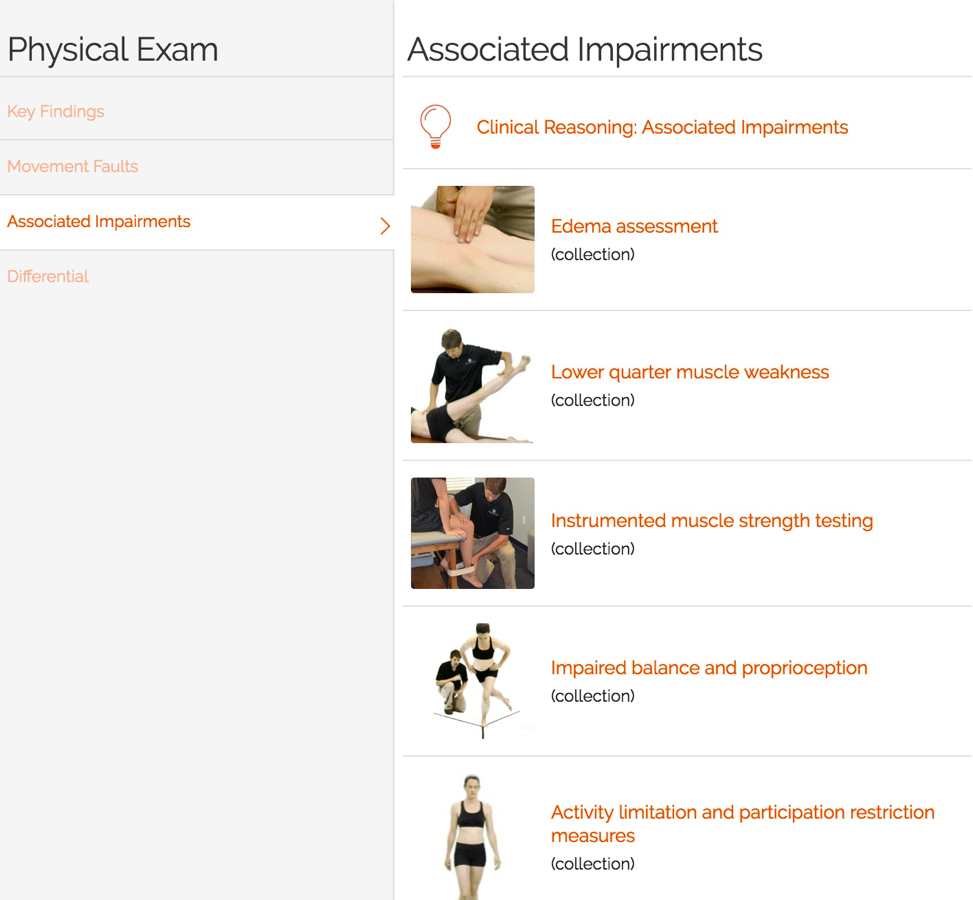Ok… so we are a little behind schedule… but building apps to help develop clinical reasoning might be the next best thing!
When we first set out to build the Clinical Pattern Recognition series of apps, we decided that just filming a massive list of special tests and techniques was not enough. These archives of techniques and tests did solve the problem of developing clinical reasoning or “flow” as one of our users so eloquently described. We wanted to develop a tool, that used guideline based language. We wanted to film techniques instead of read about them. We wanted to link pain patterns, to possible conditions and allow clinicians and students to see how a relevant examination should be linked to matching interventions and exercises.
We also dreamed of developing a tool that could be updated easily as the evidence changed or guidelines were revised.
To be a guideline based tool, means we can bring the world together, practicing using the best evidence. Imagine the whole world using similar rehabilitation concepts and language, allowing research to be done in a more homogenous and generalizable way! The future is here…and we are happy to lead the way!
All the guidelines… in the palm of your hands… PhysioU.com!















